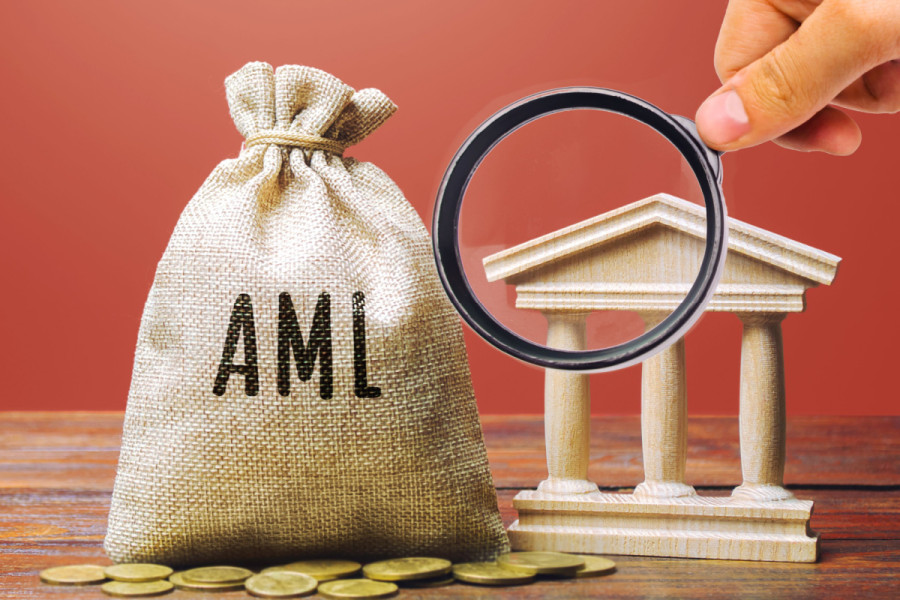
Top 5 Features of 5AMLD
There is always ample room for improvement, and the EU Parliament has taken this statement very seriously.
Before the 5th AML directives, there were already four directives in place, but the commitment was to fight against money laundering and other crimes and to add the areas that were missing in the previous directives.
The ultimate purpose of the 5th AML directive was to allow common people access to the register and ownership information. Wasn’t this already added to the previous directives?
Is this the only extra thing in the fifth directive? The EU parliament added many others in the fifth AML directive.
In this blog, we will discuss why there was a need for the 5th AML directive, the key features of this directive, and the ways for businesses and banks.
History of EU AML Directives
The early 1990s saw a dramatic rise in money-laundering activities. And one has to take steps to combat such activities. So, who could be more proactive than the EU?
Therefore, the EU parliament took on this challenge and introduced its first AML directives, which came into force in 1991, to identify clients and report suspicious transactions.
As the challenges evolved, the EU introduced another directive in 2001, which included the business in the list. Then, in 2005, with the third AML Directive, the parliaments widened the scope of businesses that needed to comply with it.
Why Fifth AML Directives Was Needed?
We all know that the law or legislation is complete and addresses all the challenges. This is the case with the previous AML directives.
The major concern, like the previous one, was combating money laundering but in a broader context.
Top 5 Features of 5AMLD
- To increase transparency
What could be more important than transparency when financial institutions or banks have to combat money laundering activities? Therefore, before finding suspicious transactions, businesses need to make their own houses in order.
- Handling Risk Associated with Cryptocurrency
Before the 4th AML directives were introduced, dozens of businesses were exempted from the AML compliance program, and cryptocurrency was one of them.
But when the authorities realized the vulnerability of this sector in money laundering, they immediately included it in the list.
The main purpose was to introduce regulations for this market, which would reduce the chances of anonymous transactions.
- Implementation of Enhanced Due Diligence Process
Knowing who your customers are and whether are they those they claim to be? This is very important for businesses, particularly financial institutions and banks, in fight against the money laundering.
That is why it added that people with political backgrounds must be considered high-profile individuals, and businesses must create their risk profiles based on their position and involvement in criminal activities.
- Making Everything Transparent
So, this legislation introduced regulations that included high-risk countries and obliged financial institutions to take strict action when transactions were being made with such countries.
- Strengthening Financial System:
What is the ultimate purpose of all these directives? Isn’t it to strengthen the global financial system, where criminals have little chance of committing crimes like money laundering, fraud, corruption, etc.?
AML directives took this very seriously, and to improve the quality, they ordered the member states to set up centralized bank account registers or retrieval systems for transparency.
How can businesses comply with EU AML Directives?
If businesses want to avoid any regulatory penalties and fines, they must first introduce their internal compliance efforts to comply with the AML Regulations.
AML software is very helpful in such scenarios; it provides you with real-time data, monitors the transaction, and immediately detects any suspicious transaction.






